Physicists haven’t yet ruled out the possibility that the universe has a complicated topology in which space loops back around on itself.
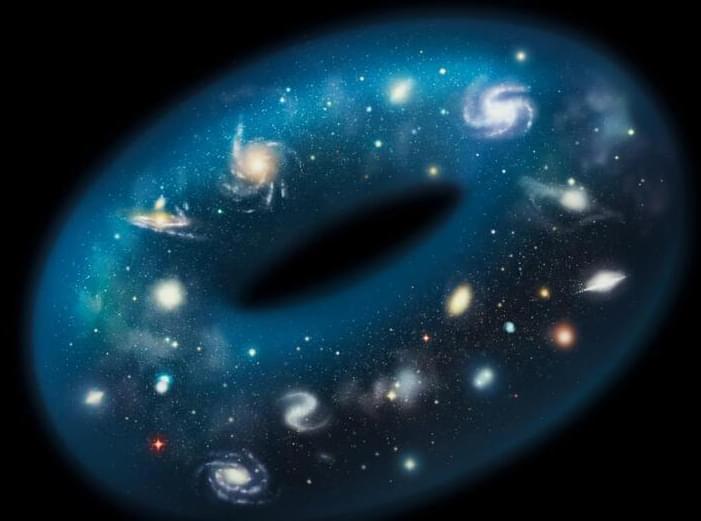


About 9.2 billion light-years from Earth is a colossal structure which has confounded astronomers.
The discovery might upend current cosmological theories.
What they’ve found is a 1.3-billion-light-year-across, almost perfect ring of galaxies. No such structure has been seen before. And it doesn’t match any known formation mechanism. It has been dubbed the “Big Ring.”
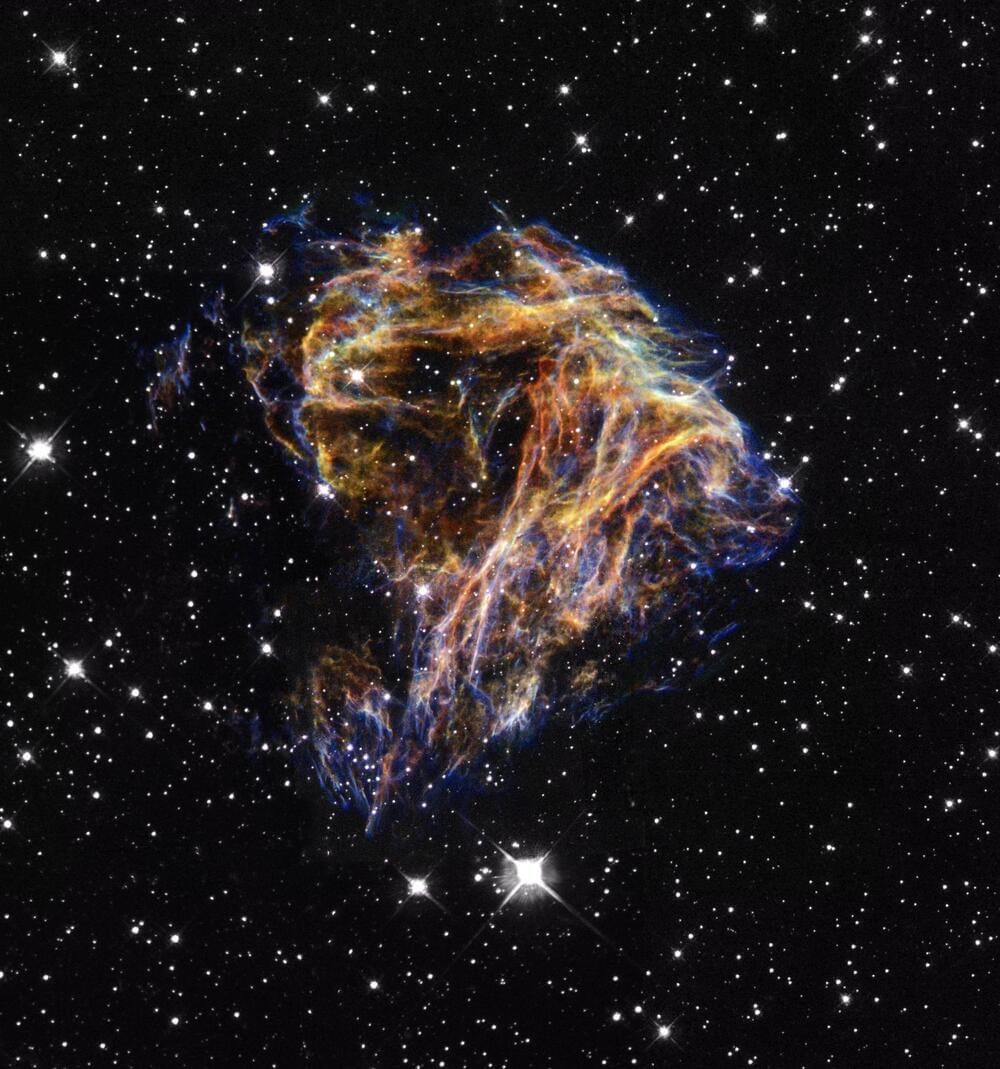
A new nucleosynthesis process denoted as the νr-process has been suggested by scientists from GSI Helmholtzzentrum für Schwerionenforschung, Technische Universität Darmstadt, and the Max Planck Institute for Astrophysics. It operates when neutron-rich material is exposed to a high flux of neutrinos.
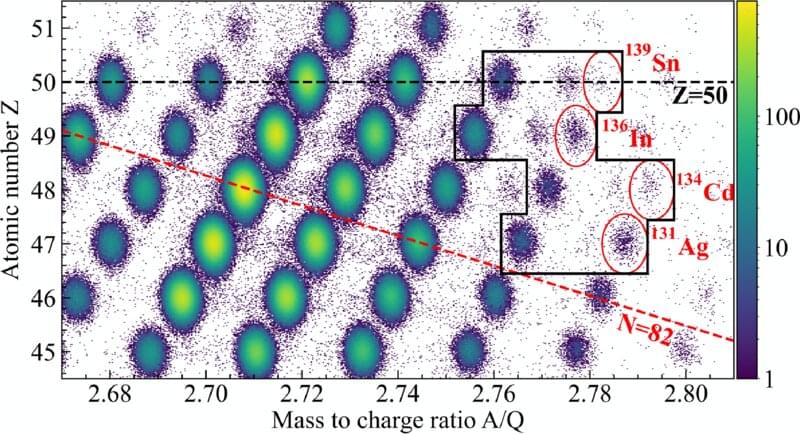
Models for how heavy elements are produced within stars have become more accurate thanks to measurements by RIKEN nuclear physicists of the probabilities that 20 neutron-rich nuclei will shed neutrons.
Stars generate energy by fusing the nuclei of light elements—first hydrogen nuclei and then progressively heavier nuclei, as the hydrogen and other lighter elements are sequentially consumed. But this process can only produce the first 26 elements up to iron.
Another process, known as rapid neutron capture, is thought to produce nuclei that are heavier than iron. As its name suggests, this process involves nuclei becoming larger by rapidly snatching up stray neutrons. It requires extremely high densities of neutrons and is thus thought to occur mainly during events such as mergers of neutron stars and supernova explosions.
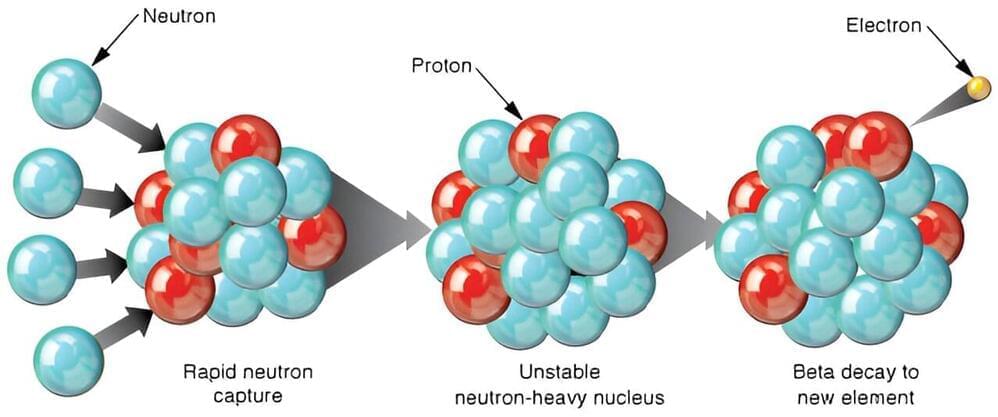
The first stars of the universe were monstrous beasts. Comprised only of hydrogen and helium, they could be 300 times more massive than the sun. Within them, the first of the heavier elements were formed, then cast off into the cosmos at the end of their short lives. They were the seeds of all the stars and planets we see today. A new study published in Science suggests these ancient progenitors created more than just the natural elements.
Except for hydrogen, helium, and a few traces of other light elements, all of the atoms we see around us were created through astrophysical processes, such as supernovae, collisions of neutron stars, and high-energy particle collisions. Together they created heavier elements up to Uranium-238, which is the heaviest naturally occurring element. Uranium is formed in supernova and neutron star collisions through what is known as the r-process, where neutrons are rapidly captured by atomic nuclei to become a heavier element. The r-process is complex, and there is still much we don’t understand about just how it occurs, or what its upper mass-limit might be. This new study, however, suggests that the r-process in the very first stars could have produced much heavier elements with atomic masses greater than 260.
The team looked at 42 stars in the Milky Way for which the elemental composition is well understood. Rather than simply looking for the presence of heavier elements, they looked at the relative abundances of elements across all the stars. They found that the abundance of some elements such as silver and rhodium doesn’t agree with the predicted abundance from known r-process nucleosynthesis. The data suggests that these elements are the decay remnants from much heavier nuclei of more than 260 atomic mass units.
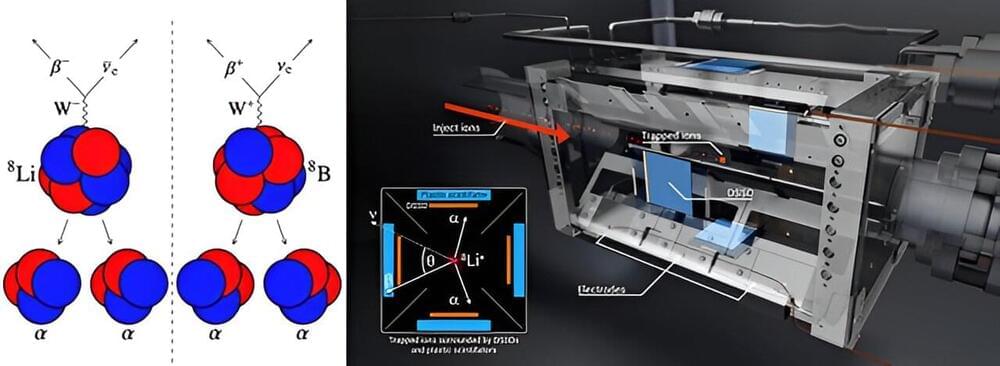
The Standard Model of Particle Physics is scientists’ best understanding of the forces that describe how subatomic particles interact. The Standard Model encompasses four forces: the strong nuclear force, the weak nuclear force, the electromagnetic force, and the gravitational force. All four forces govern the way our universe works. However, the weak nuclear force is exceptionally difficult to study as it is overshadowed by the much greater effects of the strong nuclear and electromagnetic forces.

New research is challenging the scientific status quo on the limits of the nuclear chart in hot stellar environments where temperatures reach billions of degrees Celsius.
The nuclear chart is a way to map out different kinds of atomic nuclei based on their number of protons and neutrons, and the “drip lines” can be viewed as the boundaries or edges of this map. Researchers from the University of Surrey and the University of Zagreb have found that these drip lines, which define the maximum number of protons and neutrons within a nucleus, change dynamically with temperature.
The findings challenge the view that drip lines and the number of bound nuclei are not sensitive to the temperature.
Dr. Petr Cígler and his collaborators are working on refining molecular systems for transporting ribonucleic acid (RNA) molecules into cells. The question of how to effectively deliver RNA to a designated place in the body in order to silence a malfunctioning gene is one of the greatest challenges of the rapidly developing field of gene medicine.

In a first for communications, researchers in Sweden 3D printed silica glass micro-optics on the tips of optic fibers—surfaces as small as the cross section of a human hair. The advance could enable faster internet and improved connectivity, as well as innovations like smaller sensors and imaging systems.
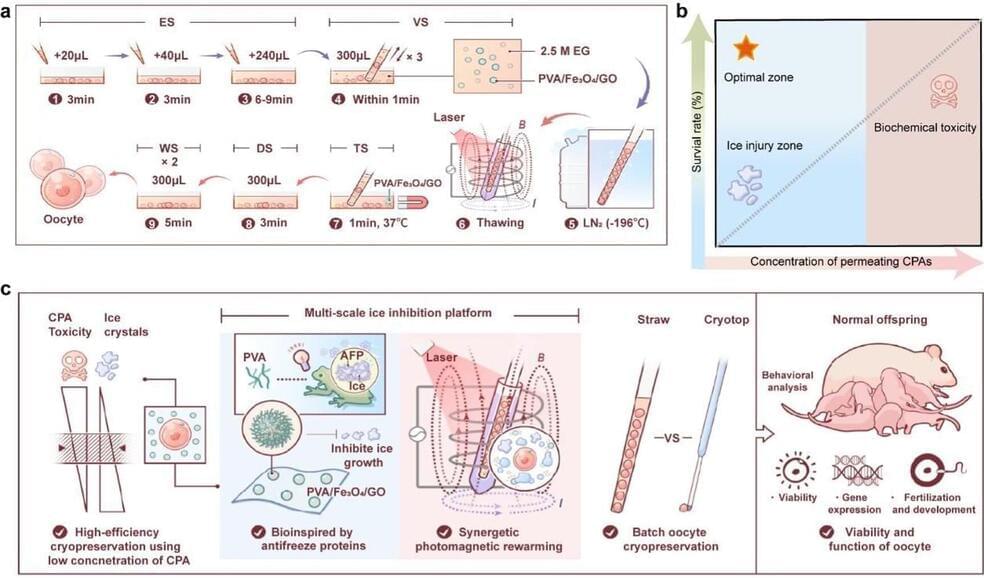
Safe and high-quality fertility preservation is of growing significance for women in clinical trials. Current primary methods for cryopreserving human oocytes are slow freezing and vitrification, but existing techniques pose risks of biochemical toxicity and are restricted in large-scale clinical practice.